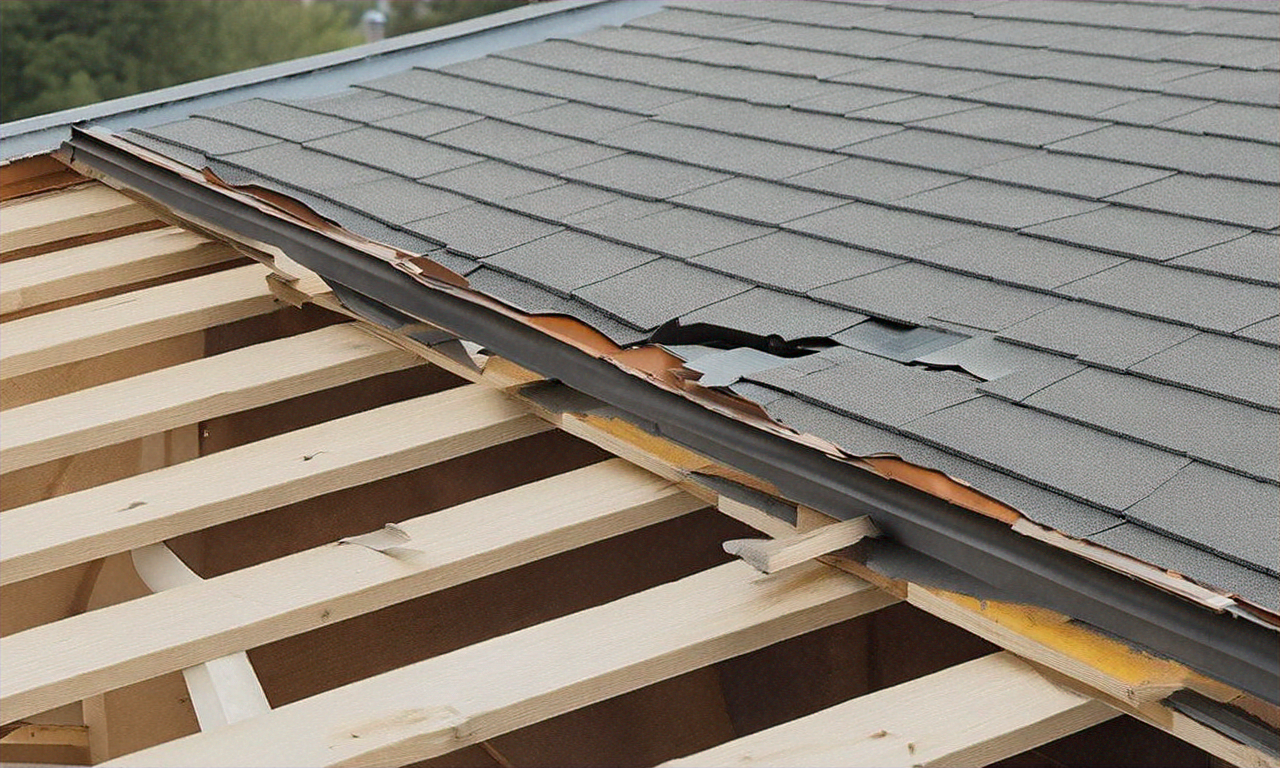Modern Roof Replacement Guide for Homeowners
Roof replacement represents one of the most significant home improvement investments homeowners will make, typically occurring every 20-30 years depending on materials and environmental conditions. Understanding the process, benefits, and considerations involved in roof replacement helps ensure you make informed decisions that protect your home while maximizing long-term value and durability.

Discover the Benefits of Modern Roofing Materials for Long-Term Protection
Today’s roofing materials offer substantial improvements over older options in terms of durability, weather resistance, and longevity. Architectural shingles provide enhanced wind resistance up to 130 mph compared to traditional three-tab shingles rated for 60-70 mph winds. Metal roofing systems, including steel and aluminum options, can withstand extreme weather conditions and last 40-70 years with minimal maintenance requirements.
Modern synthetic materials like polymer slate and composite shingles combine the aesthetic appeal of natural materials with superior performance characteristics. These materials resist cracking, fading, and moss growth while maintaining their appearance for decades. Impact-resistant shingles, rated Class 3 or 4, protect against hail damage and may qualify homeowners for insurance discounts in certain regions.
How to Make Your Roof More Energy-Efficient
Energy-efficient roofing solutions significantly reduce heating and cooling costs while improving indoor comfort levels. Cool roofing materials feature special reflective granules or coatings that reflect solar heat rather than absorbing it, reducing attic temperatures by 10-25 degrees Fahrenheit during summer months.
Proper insulation and ventilation work together with roofing materials to create an effective thermal barrier. Ridge vents, soffit vents, and exhaust fans promote air circulation that prevents ice dam formation in winter and reduces cooling loads in summer. Installing radiant barriers beneath roofing materials further enhances energy efficiency by reflecting radiant heat away from living spaces.
Simple Ways to Maintain Your Roof for Long-Term Durability
Regular maintenance extends roof lifespan and prevents costly emergency repairs. Annual inspections should focus on checking for loose, cracked, or missing shingles, examining flashing around chimneys and vents, and clearing debris from gutters and valleys. Professional inspections every 3-5 years identify potential issues before they become major problems.
Preventive maintenance includes trimming overhanging tree branches, removing moss and algae growth, and ensuring proper attic ventilation. Addressing minor repairs promptly prevents water infiltration that can damage underlayment, decking, and structural components. Maintaining clean gutters and downspouts protects roof edges and prevents water backup that can cause ice dams.
Explore Upgrades That Protect Your Home and Enhance Its Appeal
Modern roof replacement projects offer opportunities to enhance both protection and curb appeal through strategic upgrades. Installing upgraded underlayment, such as synthetic or self-adhering membranes, provides superior moisture protection compared to traditional felt paper. Ice and water shield installation in vulnerable areas prevents water infiltration from wind-driven rain and ice dams.
Architectural features like dormers, skylights, and decorative elements can be incorporated during replacement to improve natural lighting and visual interest. Color selection impacts both aesthetics and energy efficiency, with lighter colors reflecting more heat and darker colors absorbing solar energy for passive heating benefits in cooler climates.
| Roofing Material | Average Cost per Square Foot | Lifespan (Years) | Key Benefits |
|---|---|---|---|
| Asphalt Shingles | $3.50 - $7.00 | 20-30 | Cost-effective, easy installation |
| Metal Roofing | $8.00 - $16.00 | 40-70 | Durability, energy efficiency |
| Slate Tiles | $15.00 - $30.00 | 75-100 | Longevity, fire resistance |
| Clay Tiles | $8.00 - $18.00 | 50-80 | Weather resistance, insulation |
Prices, rates, or cost estimates mentioned in this article are based on the latest available information but may change over time. Independent research is advised before making financial decisions.
Understand When It’s Time to Replace Your Roof and How It Can Protect Your Home
Several indicators signal the need for roof replacement rather than repair. Age remains the primary factor, with asphalt shingles typically requiring replacement after 20-25 years and other materials following manufacturer recommendations. Widespread shingle damage, including curling, cracking, or granule loss affecting more than 30% of the roof surface, indicates replacement necessity.
Water damage signs include interior stains, sagging areas, or daylight visible through roof boards. Multiple leak locations, especially during moderate weather conditions, suggest systemic failure requiring complete replacement. Energy bills increasing without explanation may indicate compromised thermal performance from aging roofing materials.
Professional assessments help determine whether repair or replacement provides better long-term value. Structural issues, such as damaged decking or compromised load-bearing capacity, require comprehensive replacement to ensure safety and code compliance. Local building codes may mandate upgrades to current standards during replacement projects, enhancing overall home protection.
Roof replacement protects homes through improved weather resistance, enhanced structural integrity, and updated safety features. Modern installation techniques and materials provide superior performance compared to older systems, reducing maintenance requirements and extending service life. Proper replacement addresses underlying issues while incorporating current best practices for long-term protection and performance.




